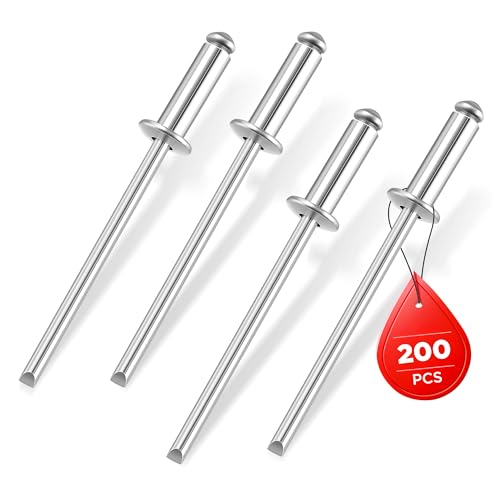I'm planning to place my order this Thursday for everything I need to wire the boat, so I'm still trying to finalize my list of items. A switch panel is still something that is holding me up on a final decision. I posted a question about it earlier in this thread, but I'm still not sure what I should order. It seems that the switch panels I've been looking at already are fused, so I'm wondering about the need to run through a fuse block prior to the switch if this is the case. I understand that some devices won't need a switch and would need a fuse anyway.
I could use some suggestions on how to set up switches. Are switch panels available that do not have fuses in them? As with most aluminum boats, I'm sure, I don't have a whole lot of extra space for all of these wiring contraptions, so I'd like to keep this as compact as possible. I don't think I'll ever need to have more than 4 devices on switches. Is there something I'm overlooking? A switch panel seems nice, but is there an easier or better way to do things?
Right now, I'm thinking that I really only need switches for the bow/stern lights and the future installation of some sort of driving light. My fish finder will not need a switch, the crappie/flounder light has its own switch and the 12V socket for the Q-beam will not need a switch. So actually, I only need 2 switches at the moment, with the possibility of adding a third switched device in the future. Any good ideas for making this very simple? I know I need to be able to turn off the bow light when at anchor, so that's why I'm thinking I need separate switches to run the bow lights and stern light.....unless there is a way to set up a switch with multiple positions so that I can run them both off of the same switch. In that case, I would only need one switch at the present time.





















































